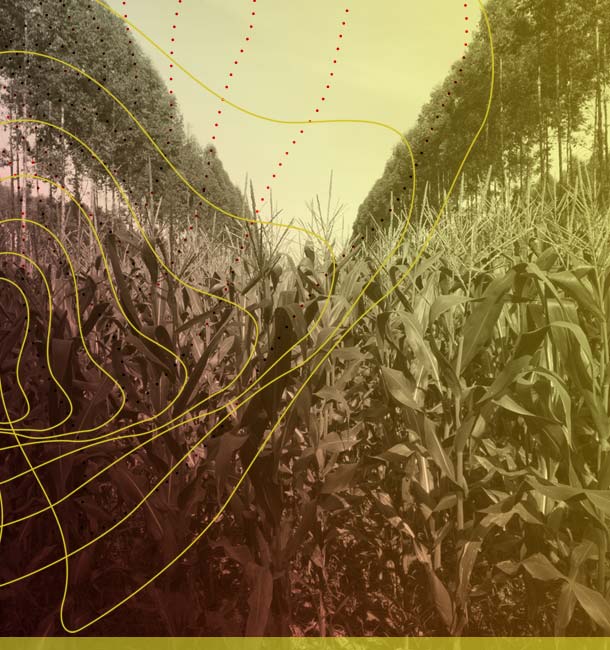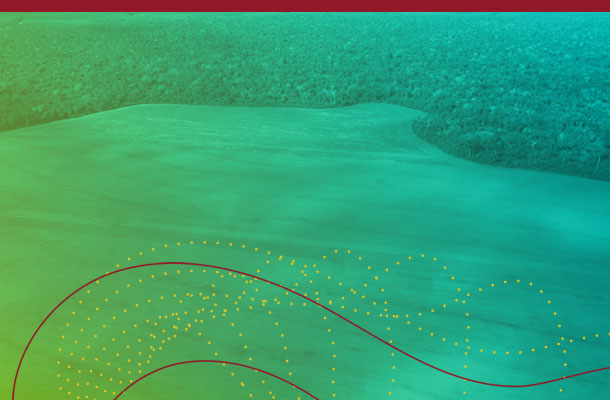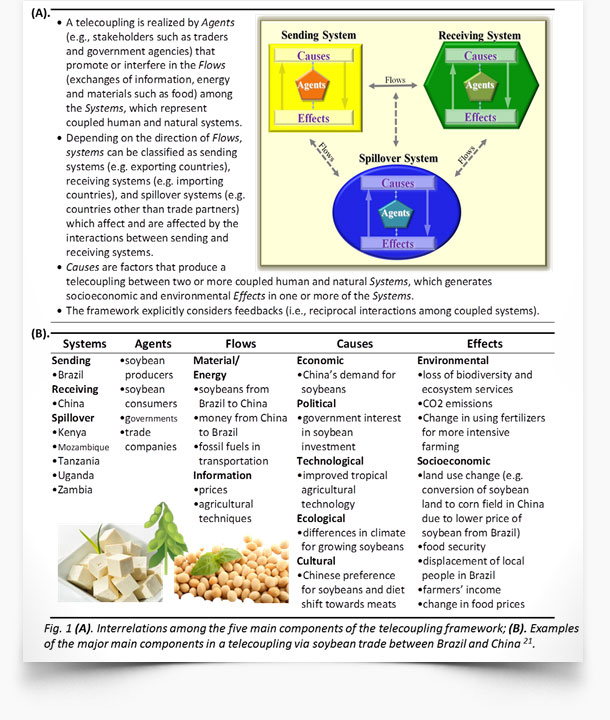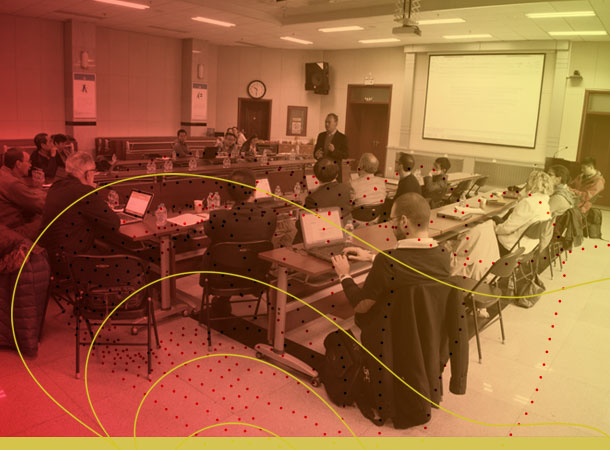"One of the greatest challenges the world faces is meeting growing demand for food while protecting the environment and the well-being of future generations."

Project context
One of the greatest challenges the world faces is meeting growing demand for food while protecting the environment and the well-being of future generations. To meet this challenge, it is essential to address three fundamental issues.
First, short-term food security (food availability, affordability and quality) must not sacrifice the environment as the latter is the foundation for long-term food security.
Second, food security is a global issue not just a national or regional issue. A focus on less developed regions such as Africa is not sufficient because the world is increasingly interconnected and access to food in any country is affected by international trade in food commodities. Even when there is enough food produced globally, it is often poorly distributed and major losses are incurred in spoilage.
Third, food security and land use are inherently linked across multiple spatial, temporal, and organizational scales. Increasingly, land use is shaped by powerful new forces such as demand for food from distant places and nations capable of buying food to meet their food preferences. Food needs were historically met by local producers but are now met through global trade. In the past three decades, the world’s total food production doubled, while total food exports increased 10-fold. There has been significant progress in understanding land use dynamics, through location-specific empirical case studies and modeling. However, much remains poorly understood, particularly on the socioeconomic and environmental interactions across great distances such as impacts of global food trade on land use in distant places among and beyond trade partners.
Reexamining food security and land-use dynamics in the context of distant interactions is crucial for enhancing global food security and environmental sustainability. This requires a better understanding of the complex interactions (e.g. feedbacks) among human and natural systems across a range of spatio-temporal scales.
There have been disciplinary approaches to analyzing long-distance interactions. For example, the concept of teleconnection in atmospheric science has been used to describe changes in one location impacting climate hundreds and even thousands of kilometers away. Conversely, social scientists have long studied economic globalization. While separate disciplinary research has generated useful insights, achieving global food security and environmental sustainability requires integrating human and natural systems research and increasing capacity of food systems to meet this challenge through actionable research. To address these challenging issues, we will use a new systems integration framework, named telecoupling: socioeconomic AND environmental interactions between coupled human and natural systems (e.g., regions, nations) over distances and across scales.

Project Goals and Objectives
The goal of this proposal is to apply the telecoupling framework (Figure 1) to understand the direct and collateral effects of feedbacks between food security and land use over long distances.
The telecoupling framework we apply is a novel systems integration approach, which integrates socioeconomic and environmental data across spatial and temporal scales and organizational levels, theories and methods from multiple social and natural sciences, advanced techniques (e.g., modeling and simulation, web-based visualization, remote sensing, geographic information systems), and researchers and stakeholders.


Project methods
Data Collection and Compilation
The project is collecting various types of data from multiple sources into a common database to facilitate data analysis, integration, modeling, and visualization. We will leverage existing research by compiling the rich data that our team and collaborators have already collected, remote sensing data, and literature.
Socioeconomic and environmental data are from local, regional, national and international levels. The substantial portfolio of programs on food security at our partner organizations will also provide important data across many of the countries with greatest food security challenges.
To complement the existing data, the project is also collecting new data through meetings with stakeholders and focus groups at all scales in our focal countries and regions (e.g., policy makers relevant to food trade and land use, trade organizations such as the World Trade Organization and large food distributors). We will assess the dynamics of decision-making in land use in focal countries and our partners tap into their research in vulnerable countries. This will include examining how crop prices and food demands influence land use decisions, how regional and local environmental conditions constrain production, and how policy incentives influence choices. This will also enable us to understand how local communities are affected by food trade and how food preferences may change in the future from these feedbacks. To understand interactions of different types of regional and local agents we will trace the respective commodity chains within and beyond focal regions, using the concepts of supply chain and value chain.
Data analysis and Synthesis
Using the data collected and collated , we will conduct data analysis and synthesis across local to international scales through state-of-the-art statistical tools (e.g., multi-level models, hierarchical variance-partitioning) to answer fundamental questions and to provide parameters and relationships among variables for modeling. For example, at the international scale our data analysis will identify spatio-temporal dynamics of food flows across international boundaries. Furthermore, we will evaluate the economic costs (e.g. tariffs) and environmental costs (e.g. CO2 emissions) of food flows. Understanding constraints on regional and local land use dynamics requires understanding how international food flows influence national food security and land use. We will also analyze how regional and local production contributes to national conditions to reflect local/regional feedbacks to other organizational levels. We will identify relationships between regional and national indicators and quantify how international flows translate into national and regional food security resilience.
We will assess how regional and local agents respond to national and international policy and market signals. The responses may vary with a number of factors (e.g., a larger farmer in Brazil may choose in accordance with the international price of a certain crop, while a smallholder may place emphasis on other factors based on family needs, even when well-informed of global prices).
Furthermore, we will seek to understand how these types of agents are affected by policies at international/national scales as well as by governance and resource factors inherent to their specific socioeconomic and cultural histories. China, for example, keeps an annual stockpile of basic foods as insurance against a shortfall based on past famine experience, while few countries warehouse this much grain as national policy. Countries like the USA allow corn to be converted to ethanol even if it results in higher prices for corn used as food. Examining these trade-offs between fuel and food is of interest to our modeling of scenarios.
Our regional and local data analysis will evaluate feedbacks between agricultural yields and environmental conditions (primarily soil quality, water availability, temperature) to understand how land use legacies have influenced current conditions and choices, and parameterize our local and regional models. This analysis will build on our previous research experience, including statistical modeling (e.g. logistic regression, and life-cycle analysis).

The Team
Telecoupling is a multinational cooperation project of 5 different countries, besides 2 international organizations.
Brazil, United States of America, United Kingdom, China, and Colombia are represented by more than 25 scientists. It has also an External Advisory Board which sums 9 other contributors to the project.
Please, meet the team here.

